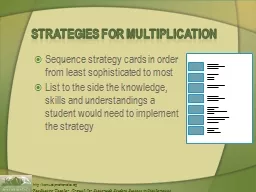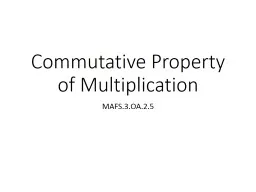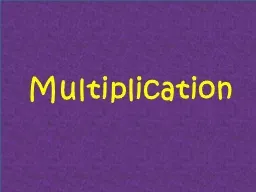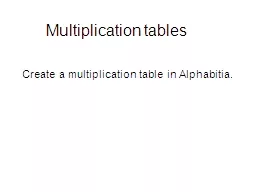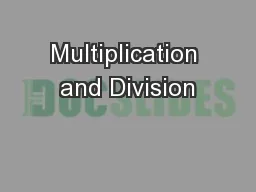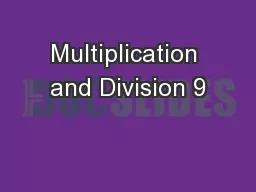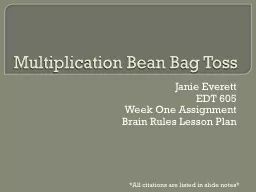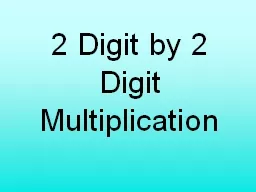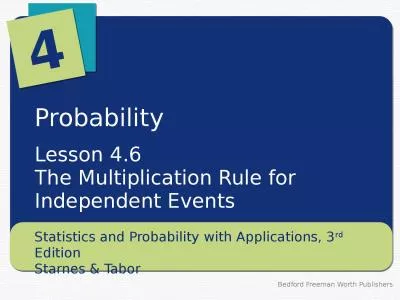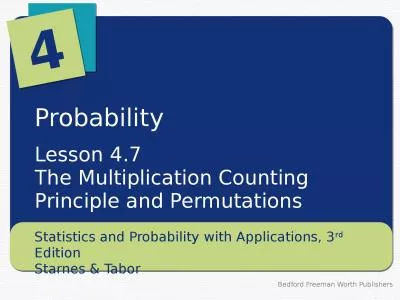PPT-Strategies for Multiplication
Author : phoebe-click | Published Date : 2017-07-31
Sequence strategy cards in order from least sophisticated to most List to the side the knowledge skills and understandings a student would need to implement the
Presentation Embed Code
Download Presentation
Download Presentation The PPT/PDF document "Strategies for Multiplication" is the property of its rightful owner. Permission is granted to download and print the materials on this website for personal, non-commercial use only, and to display it on your personal computer provided you do not modify the materials and that you retain all copyright notices contained in the materials. By downloading content from our website, you accept the terms of this agreement.
Strategies for Multiplication: Transcript
Download Rules Of Document
"Strategies for Multiplication"The content belongs to its owner. You may download and print it for personal use, without modification, and keep all copyright notices. By downloading, you agree to these terms.
Related Documents

